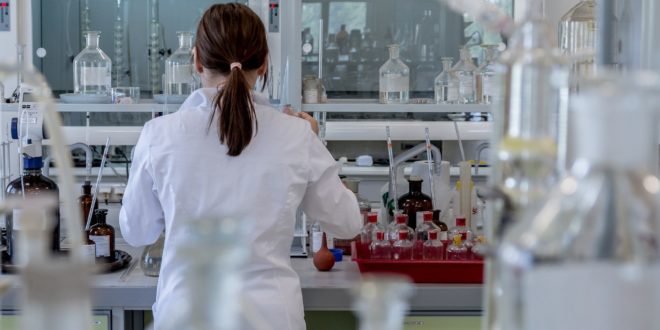Back in 2017, there are around 350,000 Instagram posts tagged as “zero-waste.” Add to that the zero-waste blogs and websites that are sprouting left and right.
Consumers these days also have an increasing option of zero-waste products, from beauty and hygiene to household items.
This shows that living a sustainable life is no longer a fad. People are making a conscious effort to preserve the environment for generations to come. So much so that companies like Ikea and Nestle are taking action to achieve zero-waste.
So, why not adopt the same lifestyle in a research lab?
If you belong to the Life Sciences industry and would want to practice sustainability, here are six tips to make it happen:
Go Paperless
One of the excellent ways to save the environment is to consume less paper.
Mind you; an average office employee uses 10,000 sheets of paper. And a single tree can make over 8,300 sheets of paper. So, if you want to save at least one tree annually, consider reducing your paper consumption.
If you need to send a report to your superiors and investors, consider sending them a PDF file instead.
What about contracts that your biotech investor needs to sign? Those are documents that you need to print. But if your country’s laws recognized digitally signed contracts, opt for that instead.
Use Your Equipment Wisely
Sustainability does not have to be a grand gesture. In fact, maintaining and using your lab equipment properly is enough to be eco-friendly.
That’s because regular maintenance helps prolong the shelflife of your equipment. This means that you are disposing of your equipment less often.
Lastly, regular equipment maintenance ensures efficiency in accomplishing your tasks. Be it testing samples or generating lab reports.
Take your freezers, for example. It is vital for long-term storage, although they consume too much energy. That said, check your freezers’ rubber seals from time to time and defrost them regularly.
Another tip is to check whether samples can be consolidated in a single freezer. That way, you do not have to use many freezers, and there is no need to ask scientists to dispose of precious samples.
Reduce Wasteful Ordering
Aside from maintaining and prolonging your equipment’s shelf life, using it wisely allows you to reduce wasteful ordering.
Wasteful ordering usually occurs when we lose track of the stocks in the lab. You can mitigate this by having a centralized spreadsheet or system.
Your spreadsheet can contain a list of stocks and their quantity. That way, everyone in the lab would know when items are running low. Doing so also enables you to order in bulk, reducing shipping waste.
bIn relation to this, consider ordering from sustainable suppliers. They do not have to be a zero-waste company. But it would be nice if their products are sustainably sourced and shipped.
Save Energy
Did you know that putting your computers into sleep mode can help you save as much as $30 per year on your electricity bills? What more if you turn it off when not in use?
Mind you; energy consumption has an impact on the environment. This means you are leaving a carbon footprint whenever you use electricity.
To lessen your research lab’s environmental footprint, here are some quick tips to keep in mind:
- Turn the monitor off if you will not use your computer for at least 20 minutes.
- Turn off your computer if you will not use your computer for the next two hours.
- Replace your lights with LED lights and turn them off when on in use.
- Ensure that your pipes and faucets are leak-free.
- Consider installing aerators in your lab faucets.
- Set timers on systems that require a large amount of water.
- Use vacuum pumps instead of aspirators.
Alter Your Settings
Aside from switching off equipment and making replacements to save energy, altering settings can also help.
The reason lab equipment consumes too much energy is because some of them have to run overnight.
It can be as simple as raising a PCR’s temperature from 4 degrees Celsius to 10 degrees. That way, it is not consuming as much energy.
Close the Fume Hood
Aside from freezers, an open fume hood also consumes a significant amount of energy.
What happens is that it pulls room air into the hood while pumping re-conditioned outdoor air. On the other hand, closing a fume hood allows you to save as much as $240,000 annually. It also lets you reduce your lab’s greenhouse gas emissions by 300 metric tons.
Conclusion
According to a Harvard University case study, a Life Sciences lab consumes three times as much electricity as a regular office. No wonder research labs are not considered eco-friendly.
Nonetheless, there are actions you can do take to reduce your environmental impact. And the six zero-waste tips listed above can help you get started.
Sure, being sustainable in the lab looks like an impossible task. But imagine how much money and resources your lab can



